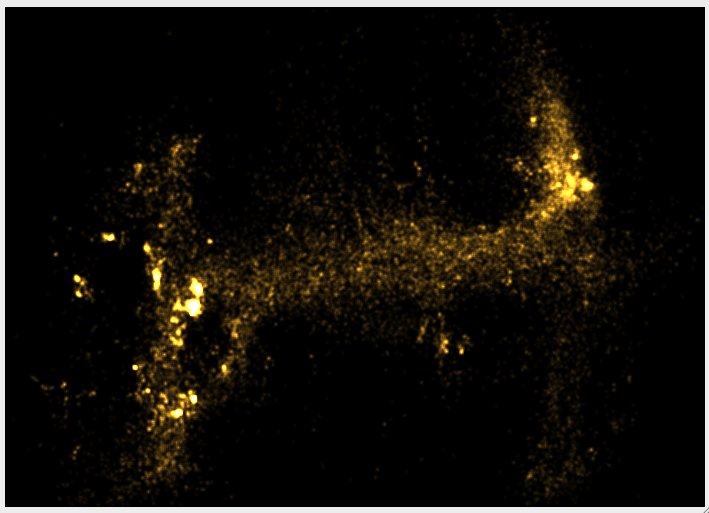It seems that no matter how much I want to keep this site updated, I never get around to it. Today I replaced the hard drive in my 2011 iMac with a 3TB WD Black drive because it seemed like the 1TB Seagate drive that was in there was starting to fail. Everything was just sluggish. I can report that the new drive has done what I expected. Everything is speedy once again (not SSD speedy, that upgrade will come later). I used the OWC sensor temperature sensor inline SATA adapter cable to keep the fan from going crazy and that seems to be working as well. The only thing I’d suggest for someone who hasn’t opened an iMac before (I hadn’t) is to have a flashlight or headlamp and watch the VSYNC cable. It’s very thin and hard to see in poor light (for instance I had the iMac laying flat on a spare bed with the fan lights on). If you don’t know what you’re looking for I can see how it would be very easy to rip this cable, and that would be bad, mmmmkay. Additionally it was reasonably difficult to get the connector for the VSYNC cable out of its socket, and again since the wires are so small, you don’t want to do anything too drastic. I ended up using two hands, with my fingernails on either side of the connector and walked it out of the socket. The plastic tool in the OWC kit just wasn’t getting the job done. Other than that the process was easy, just like replacing the disk in a PC.
On the R&D front, my work with Kearns, Fozard, et.al on Fractal Dimension and cognitive impairment is coming along. We’ve collected data that shows D calculated from GPS outdoors gives similar results to UWB indoors. As a result, I’m putting together an iPhone app that will collect and analyze the motion of the owner and report D values back to them. Additionally, we hope to use this to collect a large data set for our research. Another project I’m working on is a fishing app. I really don’t like any of the marine charting /fishing apps out there, so I’m slowly putting my own together. It will be awesome.
Finally, at Silent Partner Technologies we’re narrowing our focus to public safety, government, and commercial asset & inventory management. Wander management is taking a back seat as everyone who wants to track people wants something different. Asset & inventory tracking has proved to be pretty much the same across the board. I’m also doing more R&D which is going to lead to custom SPT branded hardware and allow us to scale out our web app as we increase our customer base. Some of our newest clients in Fire & EMS have been able to show savings of tens to hundreds of thousands of dollars in saved time and reduced carrying costs by using our IntelliView system. The South Metro Fire Department in Colorado was able to reduce their inventory overhead by about 50% and reduced the time to take inventory in their warehouse from about 6 hours to 2 hours. They have similar reductions at each of their 17 fire stations. Pretty cool.
